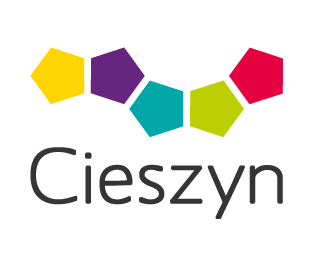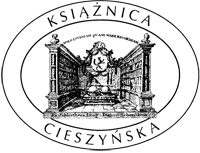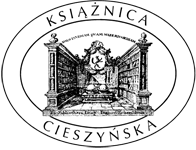The basic requirement for ensuring that Cieszyn Library would be capable of fulfilling its tasks was to move it to a separate and suitable building. In 1993, one of the most famous historic houses in Cieszyn, commonly called the mint, was chosen for this purpose. It was not only its convenient location which set the seal on this choice, but also its historic values and long tradition. The house was erected on a plot of land adjacent to city walls, in the area where Cieszyn had been originally established. It is definitely one of the most important architectural monuments in our town. In the 17th century, the building served as the mint of Duchess Elizabeth Lucretia. It was later used by the Jesuits, whereas in the beginning of the 18th century it became the property of baron Jerzy Fryderyk Bludowski, who reconstructed it and turned it into his city residence. It was then that the house began to be referred to as the Bludowski Palace. Its front wall was decorated with a stone plaque with the coat-of-arms of Jerzy Fryderyk Bludowski and his wife, Johanna Sidonia Colonna von Fels. The whole facade, whose rich stucco decorations bring quasi-rococo to mind, comes from 1902, when the building of the former mint was reconstructed again.
Design documentation for the future seat of Cieszyn Library was prepared in the years 1994-1995. The documentation specified technical and construction conditions for the renovation of the historic building, its adaptation to library functions, and the construction of a new unit which was supposed to be connected to the historic part to create an integral whole. In the same year 1995, preparatory works started. Dilapidated outbuildings were dismantled, the load bearing structure of the former mint was secured and reinforced, and the construction site was prepared. In 1996, renovation of the historic building started. In the next year, they ended with the construction of the building shell. The building contractor was Zrembud, a company from Cieszyn. In 1997, the construction of the new unit started. The building contractor was Prefabrykat, a company from Tychy. In the next two years, the works led to the construction of the building shell. In 1999, thanks to considerable financial support from the Foundation for Polish-German Cooperation, the Foundation for Polish Science, and the General Monument Conservator, the renovation of the historic part was finished. The construction of the new unit also reached the final stage and when it comes to the vertical circulation path and technological rooms, all construction and finishing works ended. It allowed us to officially put a part of the building into use and move most of our collection there in the same year. In 2000, all finishing works in the new part of the building were finished. After equipping it with all the basic and specialist systems, it was integrated with the part that was put into use in 1999. The commissioning of the whole building took place on 29 December 2000. From the beginning to the end, the construction project was run by City Infrastructure Department of Town Hall in Cieszyn.
Putting the new seat of Cieszyn Library into use meant that the projects and ideas which had been voiced in Cieszyn for over 100 years finally came true. The new building boldly combines the elements of historic architecture with innovative spatial solutions. It is equipped with modern technical infrastructure, which guarantees that the collection of Cieszyn Library will survive. It also allows our Library to fulfil its role of a multifunctional scientific and cultural centre. The building includes not only vast, air-conditioned and properly protected (by alarm and fire extinguishing systems) store rooms and essential library and conservation studios, but also rooms used to service our readers. They are the general reading room, special reading rooms, the exhibition room and the conference room. The heart of the building is a glass store room in which we display the original library of Leopold J. Szersznik, the most valuable and the oldest book collection included in Cieszyn library.




